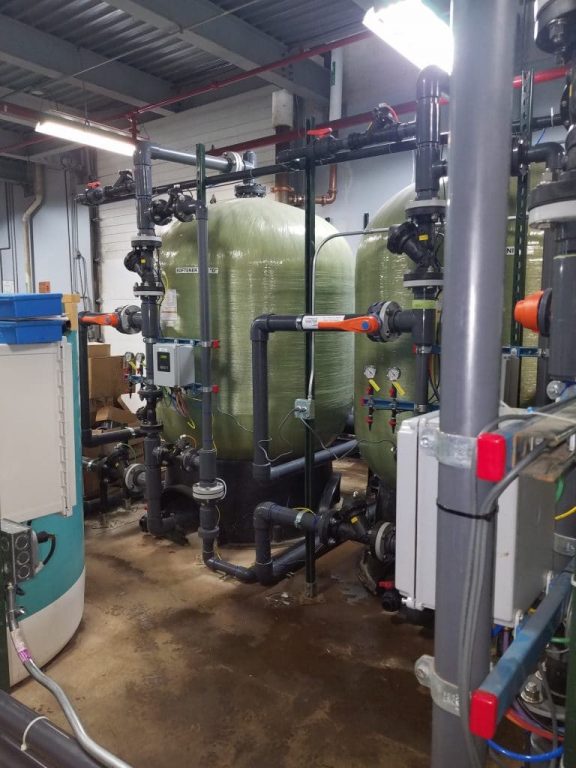Applying Quality Methods to Water Treatment
Applying Quality Methods to Water Treatment
Water treatment systems can function and work in a wide variety, which is why applying quality methods to water treatment is so important. Water make up is continually changing. The source of the water directly effects the amount and how quickly the change in the system happens. Having changes in production rates, chemical feed rates, and water losses from recirculating systems all affect the capacity to maintain desired control of the water treatment system. Some other components that may cause instability include water flow or velocity, water characteristics, water temperature, process demands, process or skin temperature, evaporation rates, treatment product quality, or operator skill and training.
Water Treatment Pilot Trial / Simulations
As water quality can change it is a good idea to pilot your water treatment system when testing new products. Testing of the actual operational system can be quite a challenge especially if you have different source waters. Whether the water source is surface water or groundwater or a combination of both your raw water will be used in designing the water system pilot trial. Every water treatment system is unique and requires thorough care to apply quality methods that are necessary. The source of water the system receives, the production operation it supports, and the variations that can occur within the means listed in the above paragraph all play a factor in the uniqueness of the system. One system with similar factors may require a very tight control range, while the other system may not be able to maintain that level of quality control. If your system receives inadequate results, it needs to be adjusted and improved to provide your system with the quality required. Water quality problems can be a result of the water system design or changes in the raw water.
Proper Control Of Your Water Treatment Plant
Proper control has an essential roll when it comes to applying quality methods to your water treatment system. To maintain this control, one must always be adjusting the chemistry of the raw water source, boiling feed water, cooling feed water, and effluent waters (waste water). The water quality control program used should allow for troubleshooting to find issues that interrupt the chemistry of water control. Having experience, knowledge, and skill will directly effect the prosperity of the troubleshooter.
Data
Collecting accurate data in the water treatment system is crucial to maintain quality control, especially when the system has to be measured and lowered. Using a specialized computer software program can aid in this area. A data program will allow you to view the summarized data in the most efficient way for analysis. Moving to a data computer program will save several filing cabinets worth of saved paper data, while still being able to review data from years back. There are different ways to view the data, including, statistical process control, trend analysis, and histograms. Having this option will assist in troubleshooting when needed.
Quality Control Zone
Performance of a water treatment system process can vary from day to day, however, the overall performance and range of variation tend to stay constant over time. The level of performance is essential in the process and is administered for the particular system design. The quality control zone is the accepted mean and accepted range in variation throughout the feedwater hardness. This zone is typically used as the standard for performance. Occasionally, performance may land outside of this range as a sporadic spike. The purpose of problem solving during a sporadic spike is to restore performance within the quality control zone. Detecting the change, identifying the cause of the change, and taking action to correct the change, are steps needed to reestablish performance within the accepted zone.
Quality Improvement Zone
The reason behind the quality improvement zone is to reach a level of performance even better than being in the quality control zone. In this level you can lower costs and/or achieve higher-quality performance. This step extends beyond the typical problem solving of evident problems. When doing this you will be examining the system as a whole looking for areas that need updating to stay up to date with requirements and improved technology. Often times, the system will be the main cause of operational and control problems.


